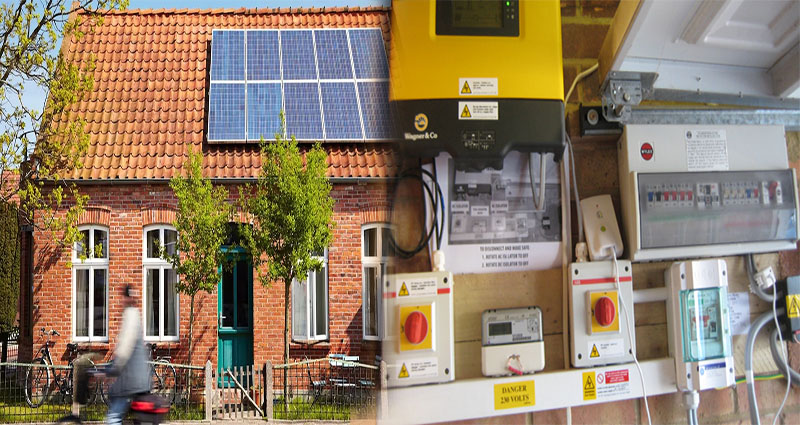Grid-tied vs. Off-grid Solar Solutions for Houses
Solar energy has emerged as a popular and sustainable option for powering houses. However, there are two main types of solar solutions available: grid-tied and off-grid systems. Understanding the differences and benefits of each is crucial for homeowners looking to harness the power of the sun.
Grid-tied Solar Solutions
Grid-tied solar solutions are connected to the electrical grid, allowing homeowners to draw energy from both the solar panels and the utility company. Here are some key points to know about grid-tied solar systems:
- Cost-Effectiveness: Grid-tied systems are typically more affordable to install and maintain compared to off-grid solutions. This is because homeowners don’t need to invest in expensive battery storage systems.
- Net Metering: With grid-tied solar, excess electricity generated by the panels is fed back into the grid, earning homeowners credits. This arrangement, known as net metering, allows homeowners to offset their energy costs and potentially even make











